Smart machines could help Earth or hurt it.
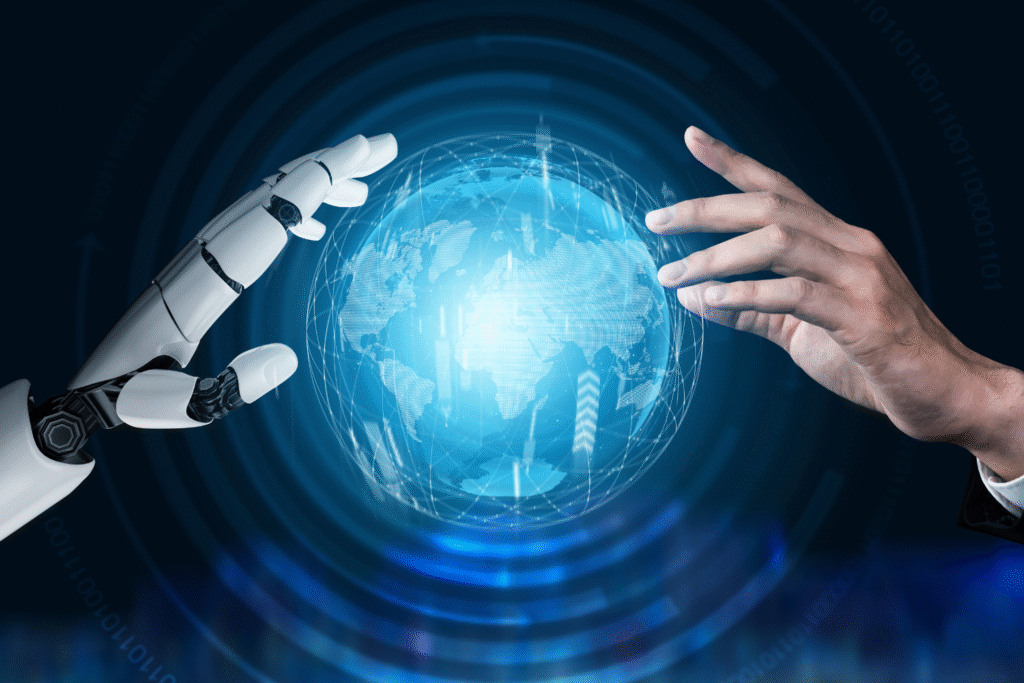
Artificial intelligence, or AI, is growing fast. It helps us do things like predict weather, track wildlife, and save energy. But it also takes a lot of power, water, and computer parts to run. Some scientists think AI could protect the planet if used wisely, while others worry it might use up too many natural resources. The future depends on how people choose to build and use these systems—carefully and responsibly, or wastefully and without limits.
1. Training AI means teaching it to think.
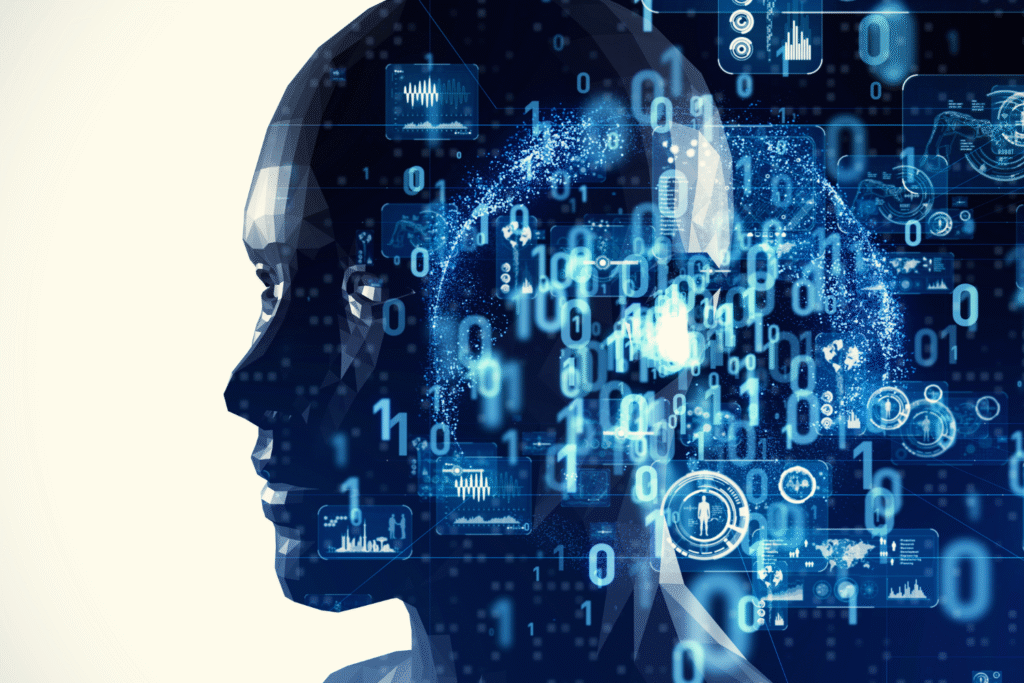
When scientists “train” a large language model, it means they are teaching a computer program to understand and create language by showing it millions of examples from books, articles, and websites. This training takes a lot of electricity because it uses huge computers called data centers that work nonstop for days or even weeks.
Each big AI system can use as much power as hundreds of homes do in a year. The more powerful the model, the more energy it needs to learn. That means the smarter we make these systems, the more strain they can place on the planet’s energy supply.
2. Cooling computers uses a lot of water.
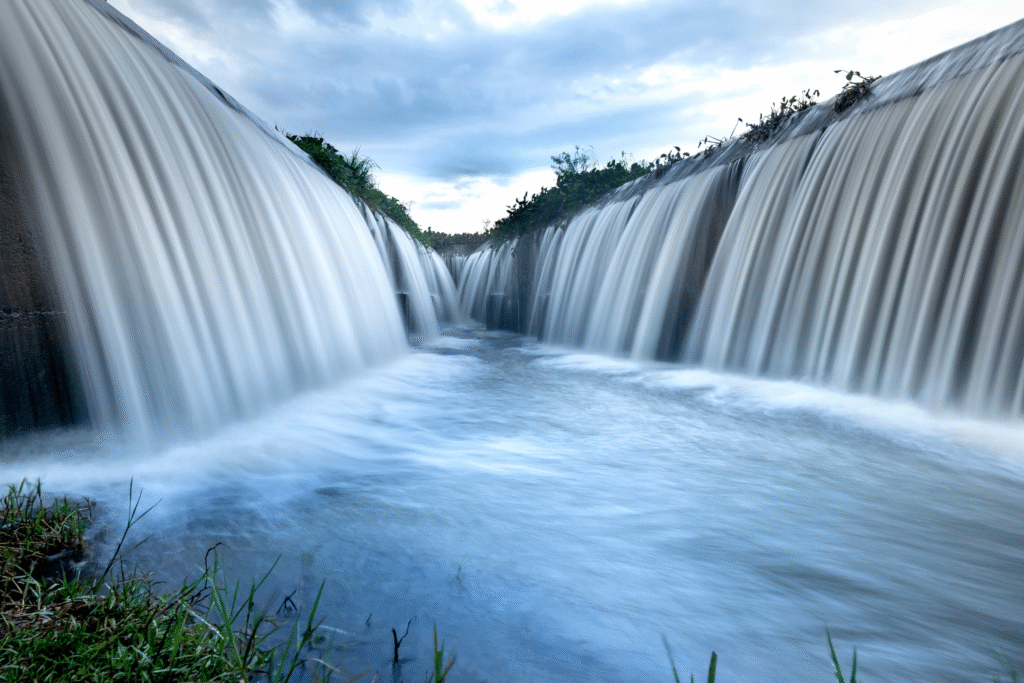
AI computers get very hot while they work, so they must be cooled with water or air. Some data centers use millions of gallons of water every day just to stay cool. Scientists from the United Nations say that this growing water use could hurt areas already short on clean water.
In hot or dry regions, this can make things worse for people, farms, and wildlife. The problem is that most people never see this side of AI, so it feels invisible even though the impact is real.
3. Making AI hardware harms the environment too.
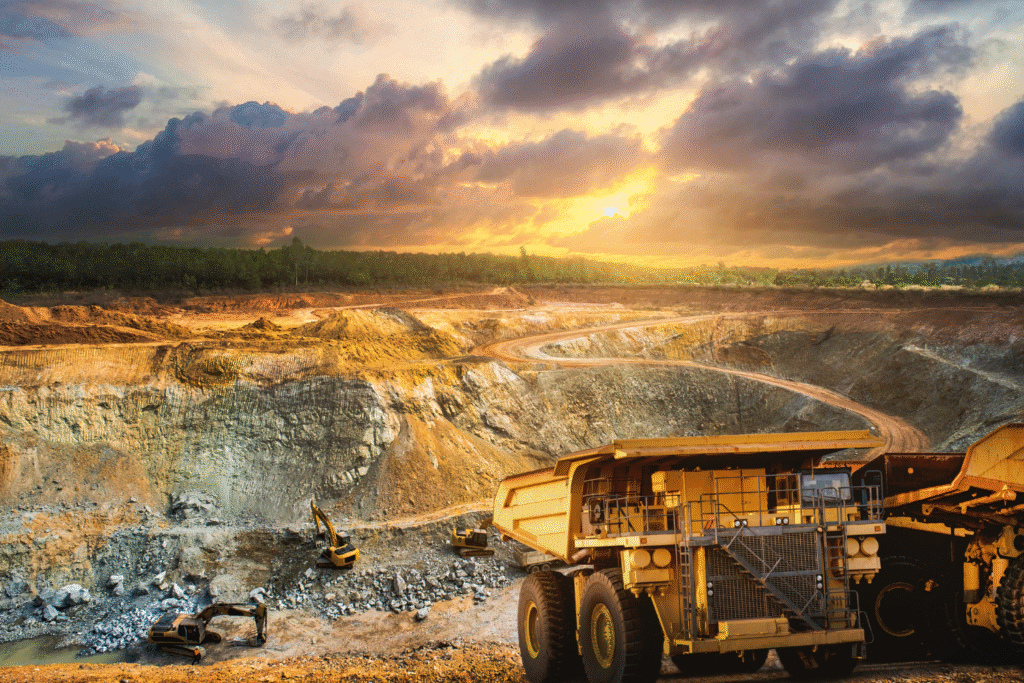
To build AI systems, companies need powerful computer chips made from rare metals like lithium, cobalt, and nickel. Mining these materials can pollute rivers, damage soil, and harm communities near the mines. Once the machines get old, they often end up as electronic waste.
This means that every AI system has an environmental cost that starts long before it is turned on. From digging up minerals to throwing away used equipment, the planet pays a price for our technology.
4. AI can help cut energy waste.
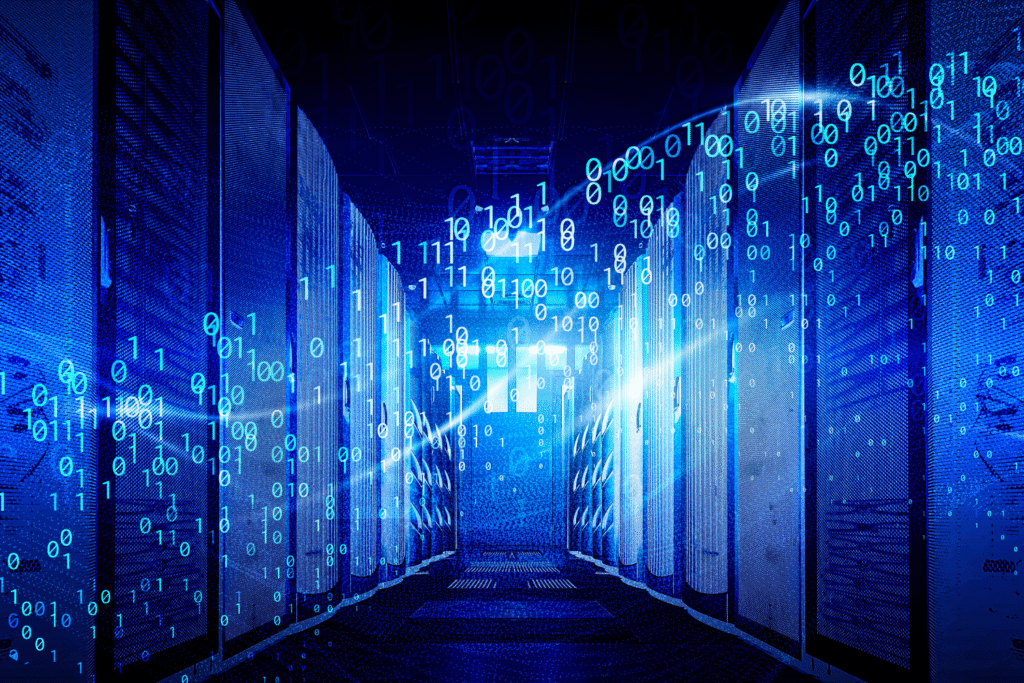
AI isn’t all bad news. It can actually help save energy by learning how to make power grids smarter. Some programs can predict when people use the most electricity, adjust lights and heaters, and help cities waste less energy.
These small changes add up. If every building used AI to manage its power use, it could reduce pollution and make renewable energy go further. The same tools that cause problems can also fix them if designed carefully.
5. AI helps protect animals and forests.
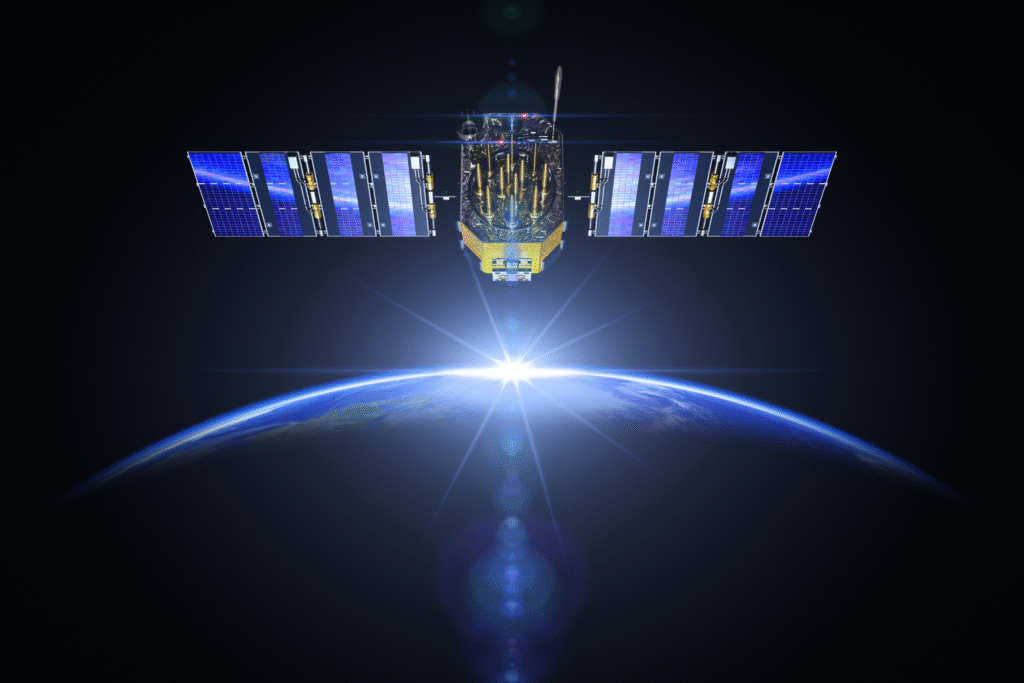
Scientists use AI to study forests, oceans, and wildlife. By analyzing satellite images, AI can find illegal logging or track endangered animals faster than humans can. It can even detect poachers and alert park rangers in real time.
These discoveries help people act before it’s too late. With AI, we can see patterns and dangers that were invisible before, giving nature a fighting chance in a changing world.
6. Smarter AI could clean the air and water.
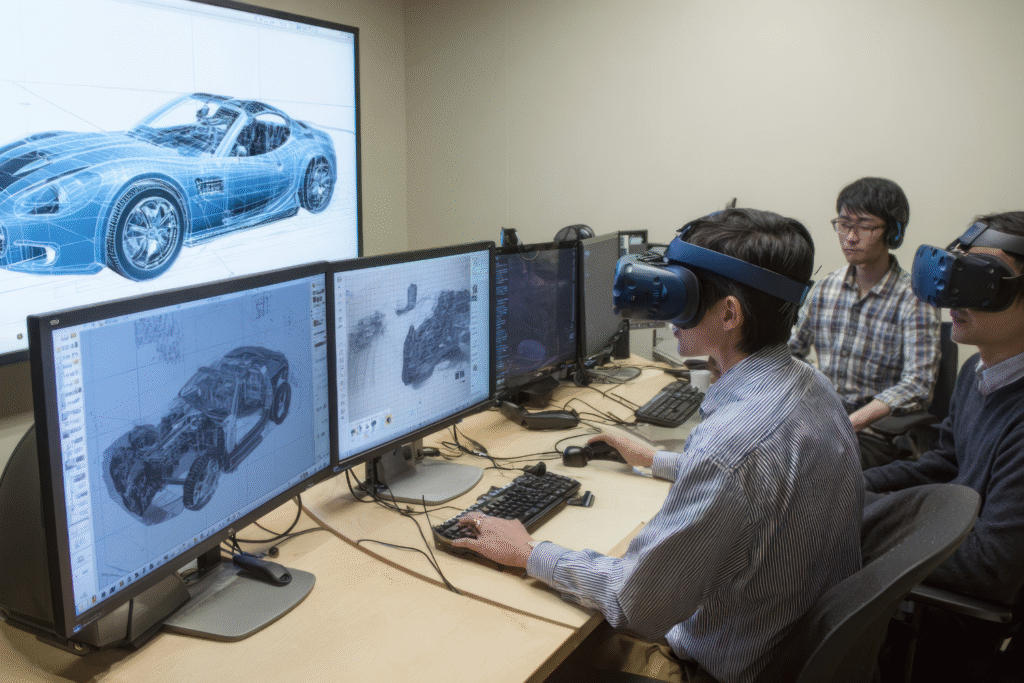
Researchers are using AI to invent new materials that trap carbon dioxide and to design cleaner batteries for cars and devices. In labs, computers can test millions of ideas much faster than people can. Some of these discoveries could reduce pollution or store energy better.
If AI keeps improving, it could become one of our best tools for fighting climate change. But those benefits will only matter if the energy behind AI also becomes cleaner.
7. Governments can set the rules for AI.

Some countries are already writing laws to control how much energy and water AI companies can use. They can also make sure AI centers run on renewable power like solar or wind instead of coal or oil.
Without these rules, companies might choose cheap energy over clean energy. The balance between business growth and protecting the planet will depend on strong environmental policies.
8. Power grids are starting to feel the pressure.
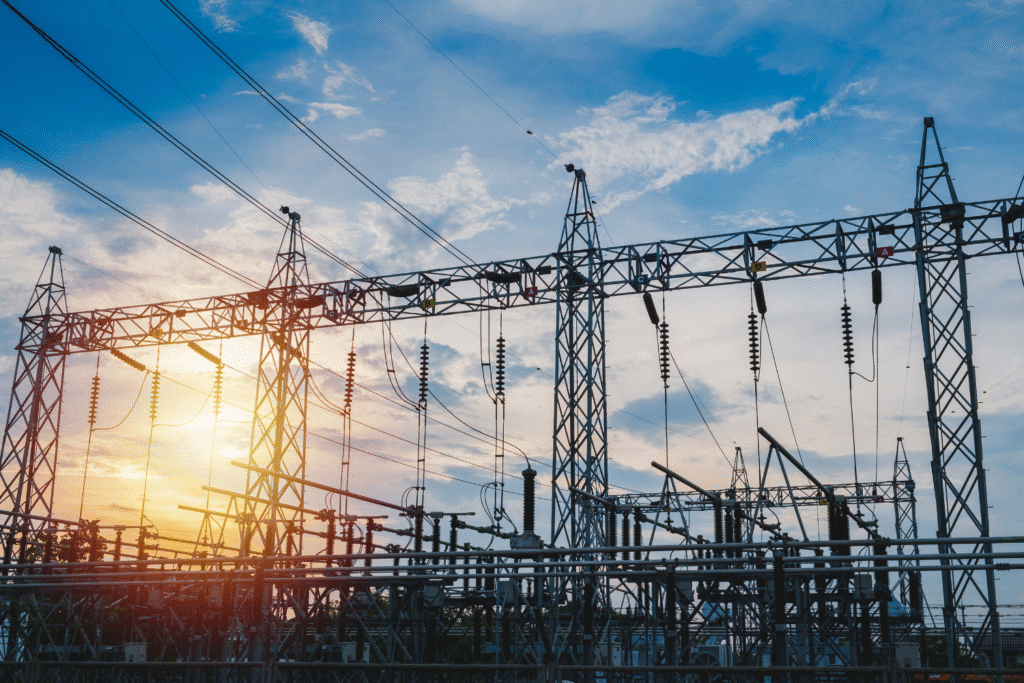
The more AI grows, the more electricity it needs. Some experts think that in a few years, AI data centers could use more than 10 percent of all the power in the United States. That could make it harder to keep up with other needs like hospitals and homes.
If that happens, cities might rely on fossil fuels again to fill the gap. That would undo years of progress toward cleaner energy.
9. Making AI more efficient is not enough.
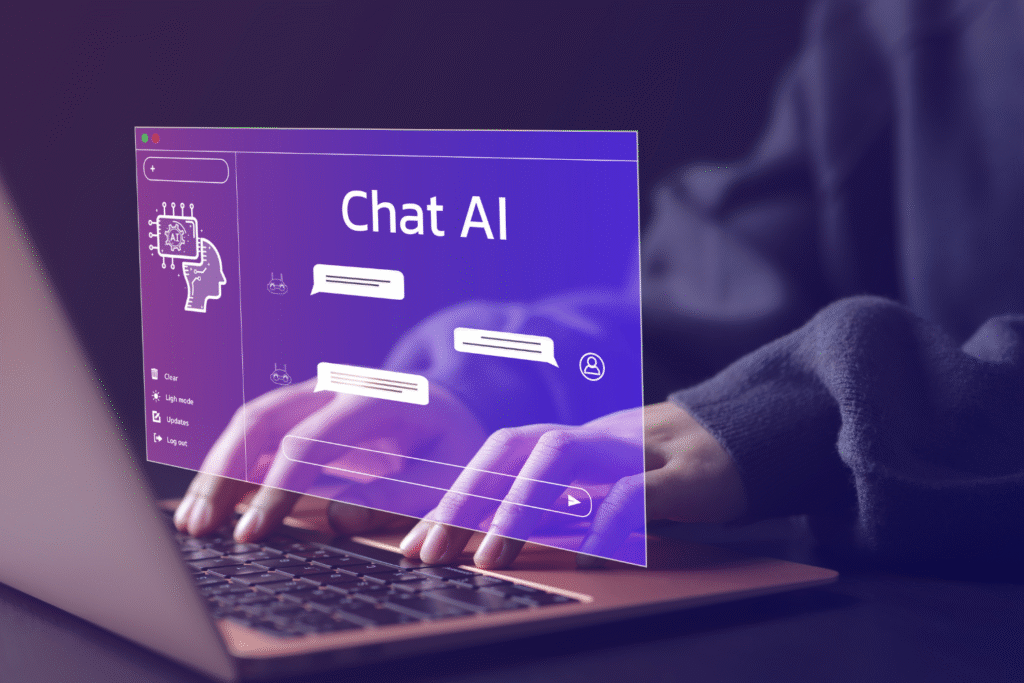
AI companies are trying to make their models use less power, but there’s a catch. When technology gets cheaper or faster, people use it more, not less. The same thing could happen with AI.
That means even efficient systems can end up using more total energy if millions of people run them at once. Saving energy needs to go hand in hand with limits on how big and how fast AI grows.
10. The future depends on human choices.
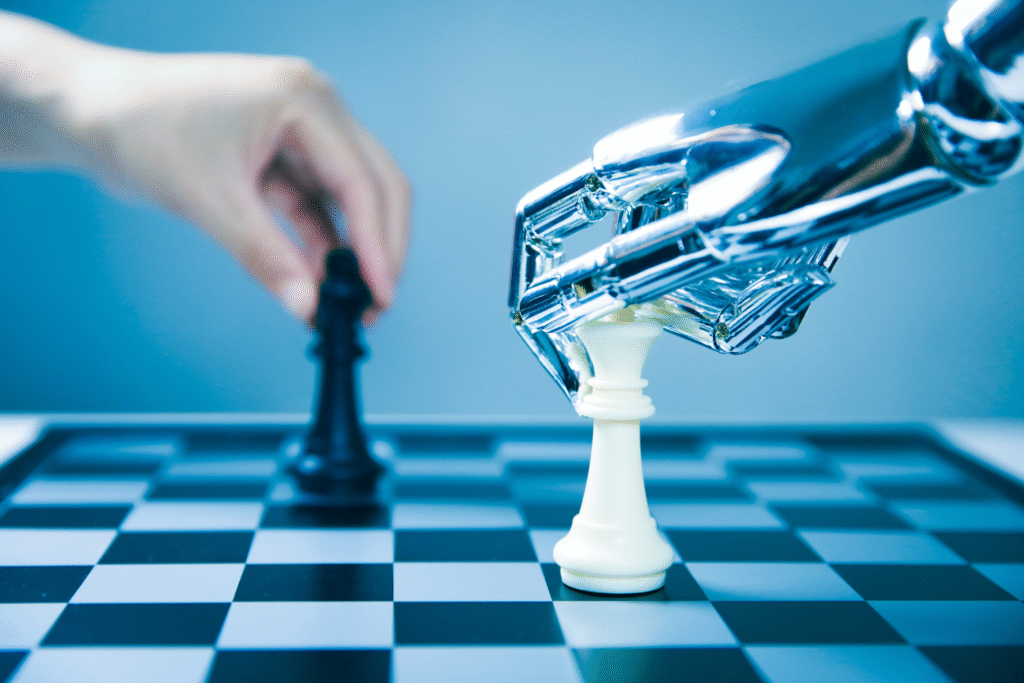
AI is not good or bad on its own. It’s a tool made by people, and what we do with it will decide whether it helps or harms the planet. Every new project is a chance to guide it in the right direction.
If scientists, governments, and companies work together, AI could become a force for protecting Earth instead of draining it. The key is remembering that smart machines still need smart humans to keep them in balance.
